The bloodiest battle of the Napoleonic Wars
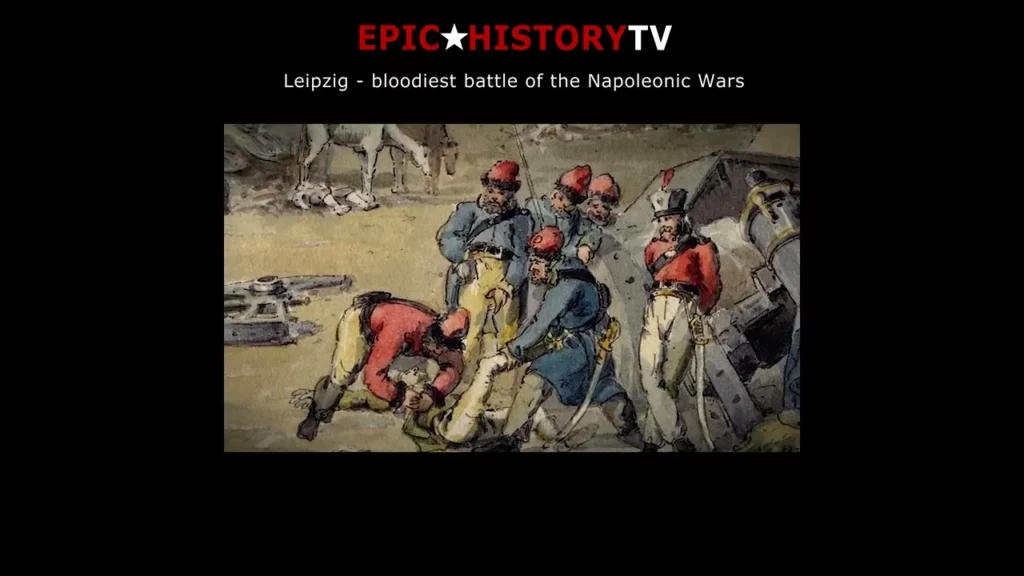
The Battle of Leipzig, fought in 1813, was a pivotal moment in the Napoleonic Wars, marking a significant defeat for Napoleon Bonaparte and leading to his eventual abdication. The battle, which involved over 600,000 soldiers from various nations, resulted in a gruesome scene that highlighted the brutal realities of war, as described by witnesses like Sir George Jackson. This event underscores the importance of alliances in warfare and serves as a reminder of the sacrifices made by soldiers, emphasizing the need to learn from history to foster a more peaceful future.
Napoleon in Italy: Battle of Lodi 1796 (1/5)
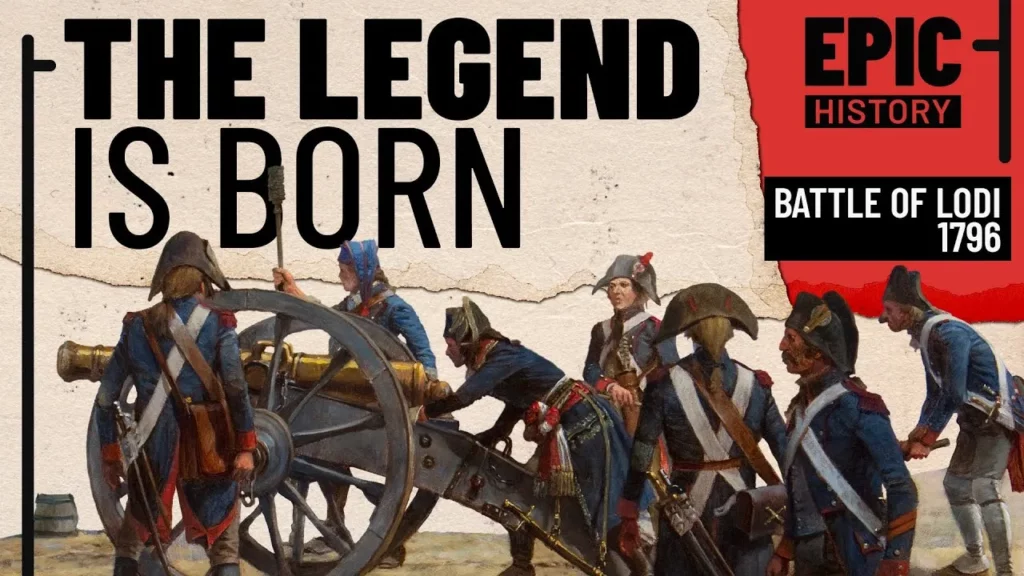
In 1796, young French general Napoleon Bonaparte took command of a struggling army in Northern Italy during the French Revolutionary Wars, leading them to a series of remarkable victories within just a month. His strategic brilliance, energy, and ability to inspire his troops transformed the demoralized army into a formidable fighting force, marking the beginning of his rise to prominence in Europe. This campaign not only showcased Napoleon’s military leadership but also set the stage for his future influence on the continent.
Belisarius: The Emperor's Sword (1/6)

The lesson “Belisarius: The Emperor’s Sword” explores the tumultuous reign of Emperor Justinian and the pivotal role played by his general, Belisarius, in restoring order during a period of civil unrest in Constantinople. Amidst challenges from both internal riots and external threats, Belisarius demonstrates strategic brilliance in key battles, including the significant victory at Dara against the Persians. Ultimately, his loyalty and military prowess enable Justinian to secure his throne and embark on ambitious plans to reclaim lost territories of the Roman Empire.
Was this the decision that cost Napoleon his empire?

In this lesson, we explore Napoleon’s pivotal decision to advance on Moscow during his campaign in Russia, despite the risks posed by a weary army and the impending harsh winter. His belief that capturing Moscow would compel the Russians to negotiate peace ultimately backfired, as the Russian army’s scorched-earth tactics and the brutal climate led to devastating losses for his forces. This decision is viewed as a critical turning point that contributed to the decline of Napoleon’s empire, highlighting the importance of strategic planning in military endeavors.
St.Petersburg 1825 – the Decembrist Revolt
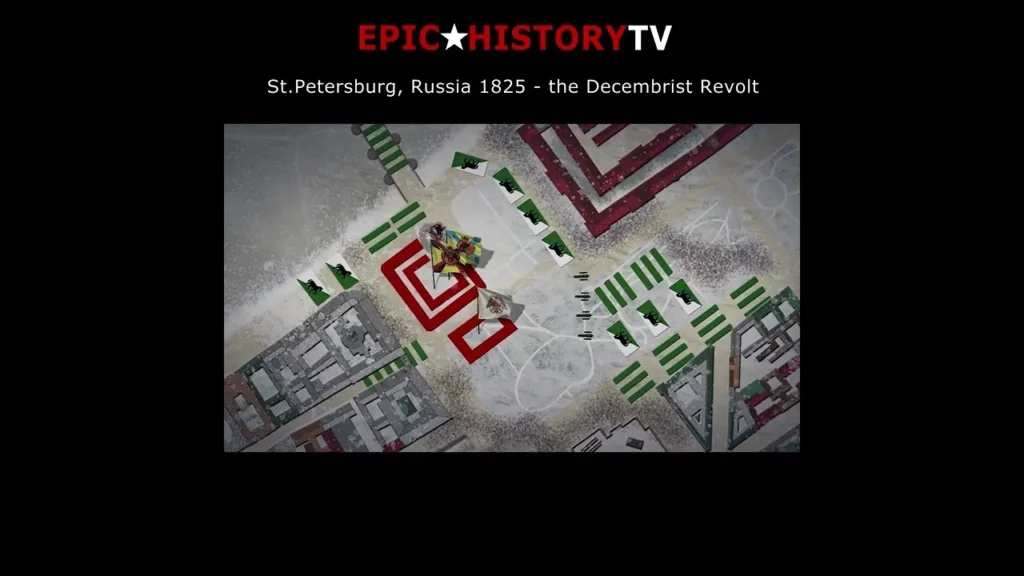
The Decembrist Revolt of 1825 in St. Petersburg was a pivotal moment in Russian history, sparked by a group of army officers and nobles advocating for political reform and an end to autocratic rule. Despite attempts at negotiation by Tsar Nicholas I, the situation escalated into violence, resulting in significant casualties among the rebels. Although the revolt ultimately failed, it underscored the growing discontent in Russia and laid the groundwork for future movements seeking reform and change.
How big was the Roman Empire?
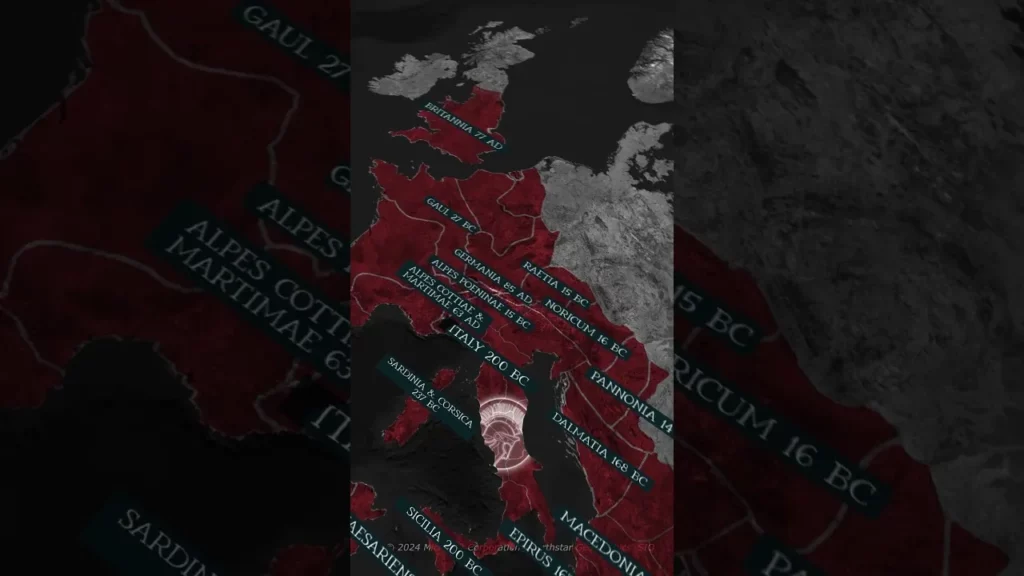
The lesson explores the vast expansion of the Roman Empire from its origins as the Roman Republic in 509 BC to its peak in 117 AD, when it covered approximately 5 million square kilometers and housed around 60 million people. It highlights the ambitious conquests across Europe, North Africa, and parts of Asia, emphasizing the empire’s significant impact on history, culture, and civilization. By examining the Roman Empire, we gain insights into the dynamics of growth, leadership, and innovation that continue to influence the modern world.
History of Russia Part 1: From Tribes to Tsars
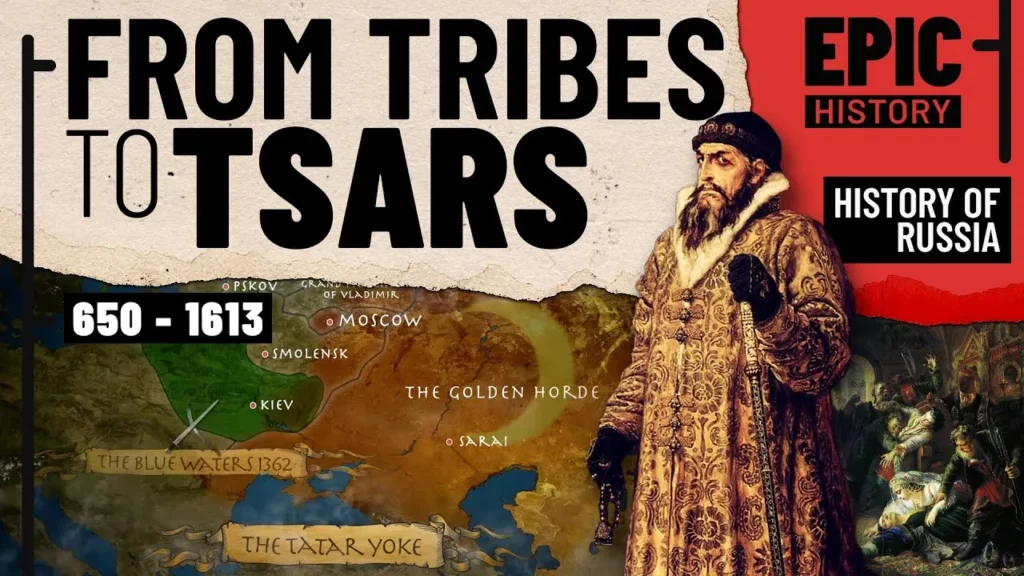
The lesson covers the early history of Russia, tracing its development from wandering tribes and the establishment of Kievan Rus under leaders like Rurik and Vladimir the Great, who introduced Christianity. It highlights the challenges faced by Kievan Rus, including Mongol invasions and the subsequent rise of Moscow, culminating in the reign of Ivan the Terrible, who expanded Russian territory but also instigated a period of terror. The lesson concludes with the chaotic “Time of Troubles,” marked by political instability and foreign invasions following Ivan’s death.
Napoleonic Wars: The Invasion of Russia (All Parts)
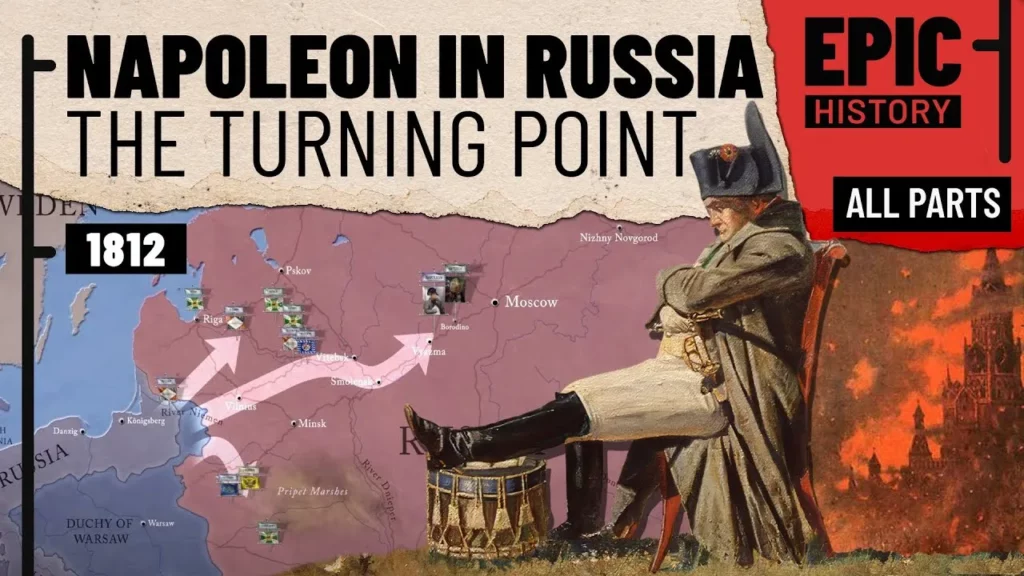
The lesson on the Napoleonic Wars focuses on Napoleon Bonaparte’s ill-fated invasion of Russia in 1812, which began with high hopes for a swift victory but ended in disaster due to the harsh Russian winter and effective Russian tactics. Despite initially assembling a massive army, Napoleon faced significant challenges, including supply shortages and guerrilla warfare, leading to a catastrophic retreat from Moscow that decimated his forces and tarnished his reputation. This campaign ultimately united his enemies against him and marked a turning point in his military ambitions.
Napoleonic Wars: Retreat from Moscow 1812
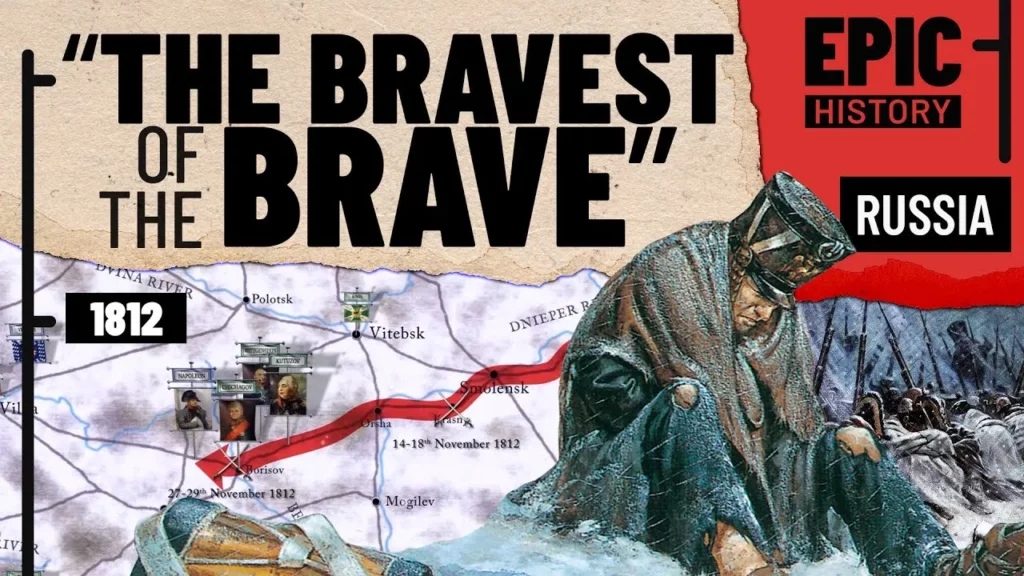
The lesson on the Napoleonic Wars, specifically the retreat from Moscow in 1812, illustrates the catastrophic consequences of overconfidence and poor planning in military campaigns. Despite initially entering Moscow with a large army, Napoleon faced unexpected resilience from Russian forces and harsh winter conditions, leading to a disastrous retreat that decimated his troops. This event underscores the importance of preparation, adaptability, and the human cost of warfare, serving as a cautionary tale in military history.
World's greatest castles

The lesson on “World’s Greatest Castles” explores the significance and uniqueness of medieval castles, highlighting their roles as military fortresses and cultural symbols. Notable examples such as Crac des Chevaliers, Dover Castle, and Malbork Castle illustrate the architectural diversity and historical importance of these structures. Through this exploration, we gain insight into the medieval period and the stories embedded within these remarkable edifices.